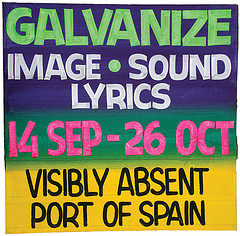Friday, November 14, 2003
...now, after twenty-three novels and over forty years, we arrive at The Mask of the Beggar. The text of the book is preceded by a note in which Harris presents an uncharacteristically direct statement about his ideas and how they are to be understood in his work. The note, as well as the novel that follows, comprise a summation: in Harris's end is his beginning, and it encompasses the entire range of his quantum Imagination, to borrow two of his favorite words. Here are passages that contain Harris's enduring fascination with Amerindian myths, his belief in "visionary Time"--time that is fugitive and trapped, fluid and stagnant--in which Cortez and Quetzalcoatl reappear, and passages in which he defines the peculiar aesthetics of his art, with its cross-cultural references rooted in the dark depths of human consciousness, distinguishing this art from the journalistic representation of a superficial reality commonly practiced by his contemporaries.
-- From Zulfikar Ghose's short essay on The Mask of the Beggar in CONTEXT No. 14. Ghose notes that Harris considers his 24 novels, written over a period of 43 years, as movements in a single "long work", finally at an "end" (Harris's quotation marks).
-- From Zulfikar Ghose's short essay on The Mask of the Beggar in CONTEXT No. 14. Ghose notes that Harris considers his 24 novels, written over a period of 43 years, as movements in a single "long work", finally at an "end" (Harris's quotation marks).
Subscribe to:
Post Comments (Atom)









No comments:
Post a Comment